Ship to: 43215 Update

- Plants
- Perennials
- Perennials
- Sage and Salvia
Plants Filter
Current Filters
Mature Height
Sunlight
Plant Type
Sage and Salvia

Caradonna Salvia
Starting at $46
30% Off

East Friesland Salvia
Starting at $30
30% Off
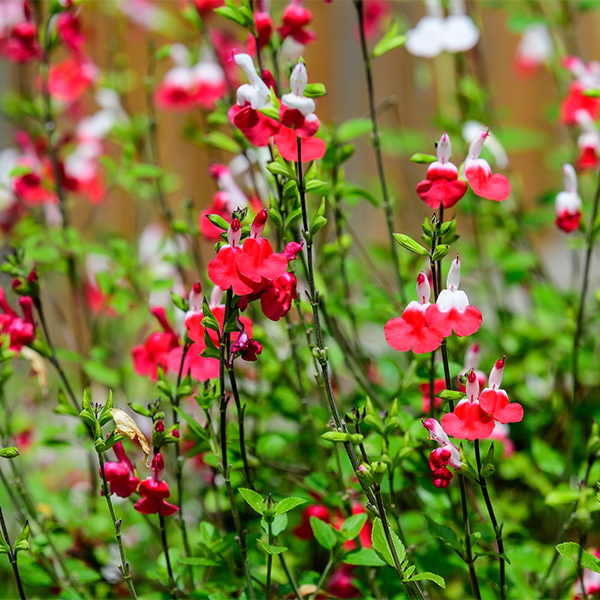
Hot Lips Salvia
Starting at $49
30% Off

Little Spire Russian Sage
Starting at $36
30% Off
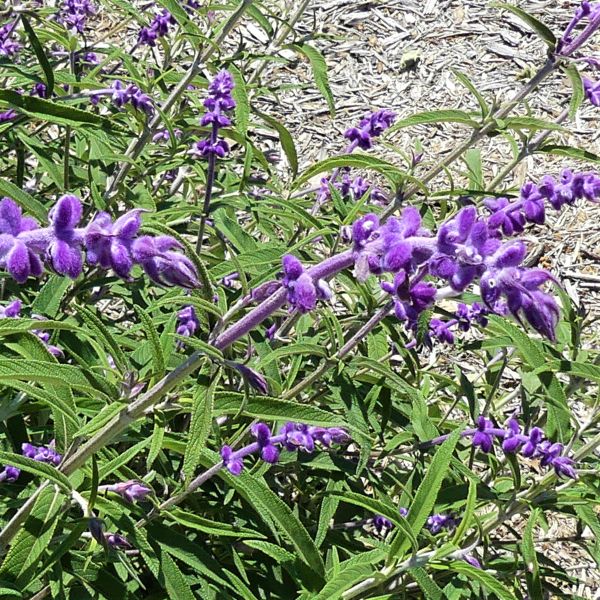
Mexican Bush Sage
Starting at $49
30% Off

Petunia Easy Wave® Neon Rose Petunia
Starting at $33
30% Off

Robert Grimm Dwarf Culinary Sage
Starting at $47
30% Off
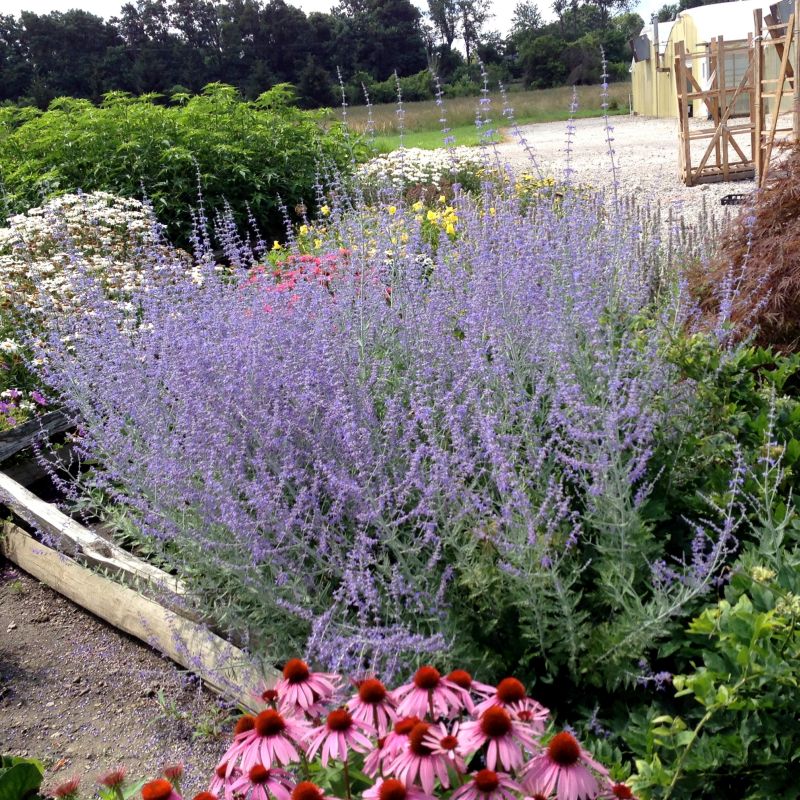
Russian Sage
Starting at $39
30% Off

Salvia Blue Hill
Starting at $39
30% Off

Blue Jean Baby Russian Sage
Out of Stock
30% Off
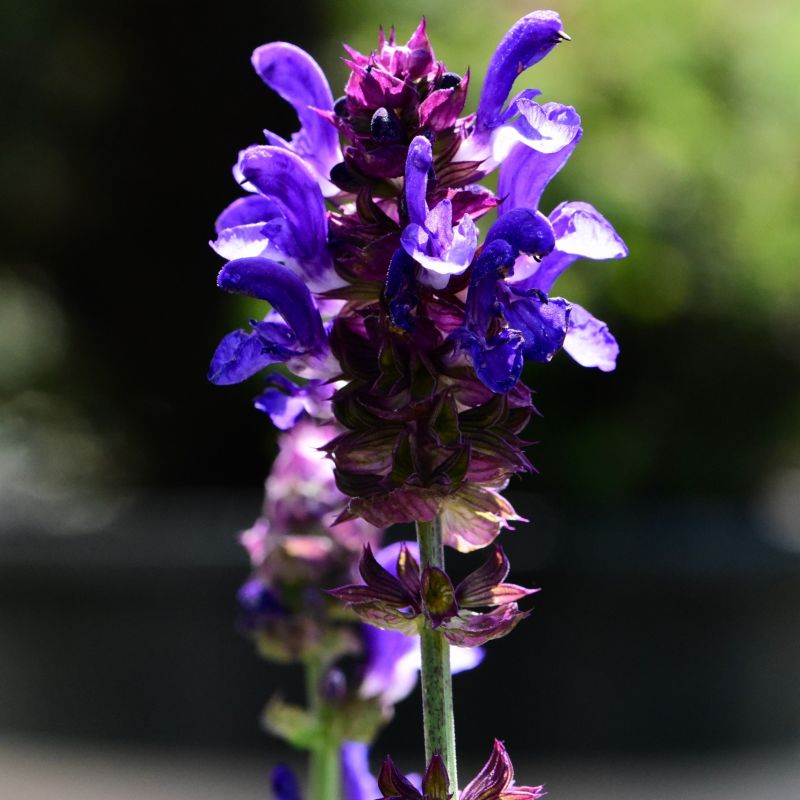
Blue Marvel Salvia
Out of Stock
30% Off

Denim 'n Lace Russian Sage
Out of Stock
30% Off

Marcus Salvia
Out of Stock
30% Off

May Night Salvia
Out of Stock
30% Off
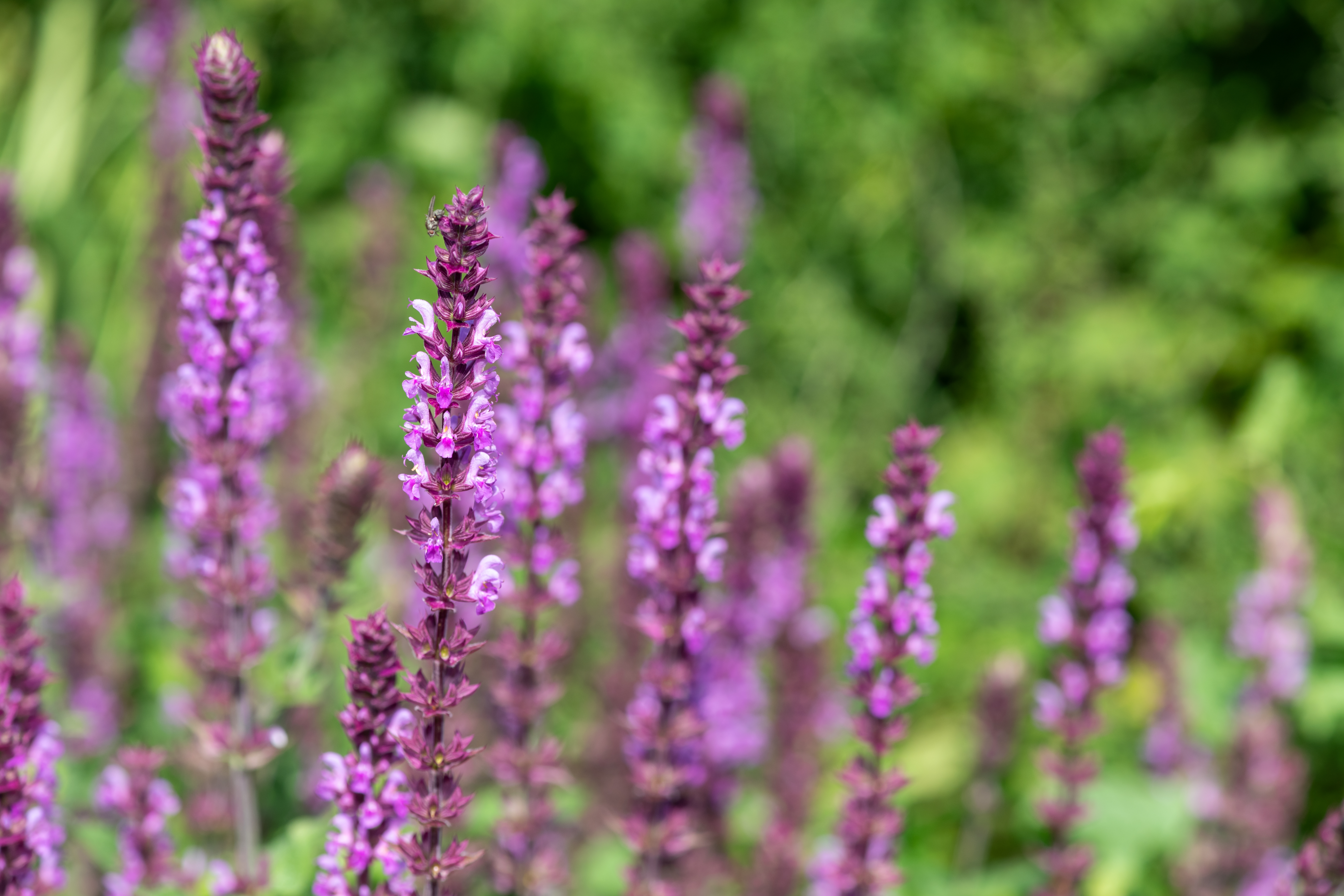
Rose Marvel Salvia
Out of Stock
30% Off

Salvia Bumbleberry
Out of Stock
30% Off
Sage and Salvia
The terms "sage" and "salvia" are often used interchangeably, and they both refer to plants belonging to the genus Salvia, which is part of the Lamiaceae (mint) family. Salvia plants are known for their aromatic leaves, vibrant flowers, and various culinary, medicinal, and ornamental uses. The genus Salvia comprises hundreds of species, many of which are highly valued for their beauty and versatility.
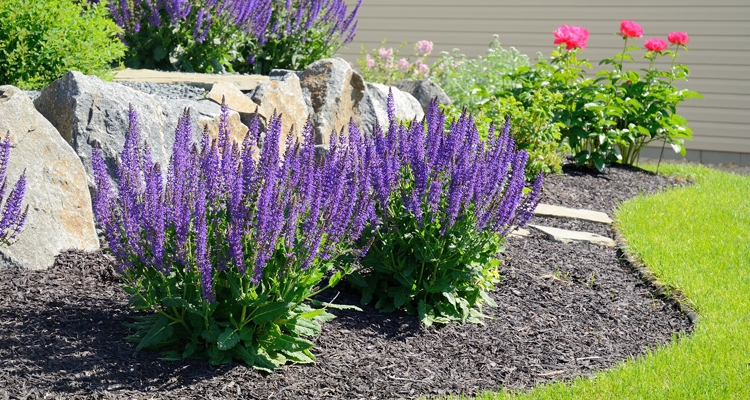
Description: Sage and Salvia plants are typically small to medium-sized herbaceous perennials or woody shrubs. They have square stems, opposite leaves, and characteristic two-lipped flowers that attract pollinators such as bees and butterflies. The flowers come in a wide range of colors, including shades of blue, purple, red, pink, and white, depending on the species and variety. The leaves of Salvia plants are often rich in essential oils, giving them their distinctive fragrance.
Common Types: There are numerous species and cultivars of Salvia, each with its unique characteristics and uses. Some common ones include:
- Salvia officinalis (Common Sage): An herb used in culinary applications for its aromatic leaves, commonly used in stuffing and various dishes.
- Salvia nemorosa (Meadow Sage): A popular ornamental species with spikes of small flowers in various colors, often grown in flower beds and borders.
- Salvia elegans (Pineapple Sage): Known for its pineapple-scented leaves and bright red tubular flowers, attractive to hummingbirds.
- Salvia splendens (Scarlet Sage): An annual species with vibrant red flowers, commonly used in summer bedding displays.
- Salvia divinorum (Diviner's Sage): A psychoactive plant used in traditional spiritual practices for its psychoactive properties.
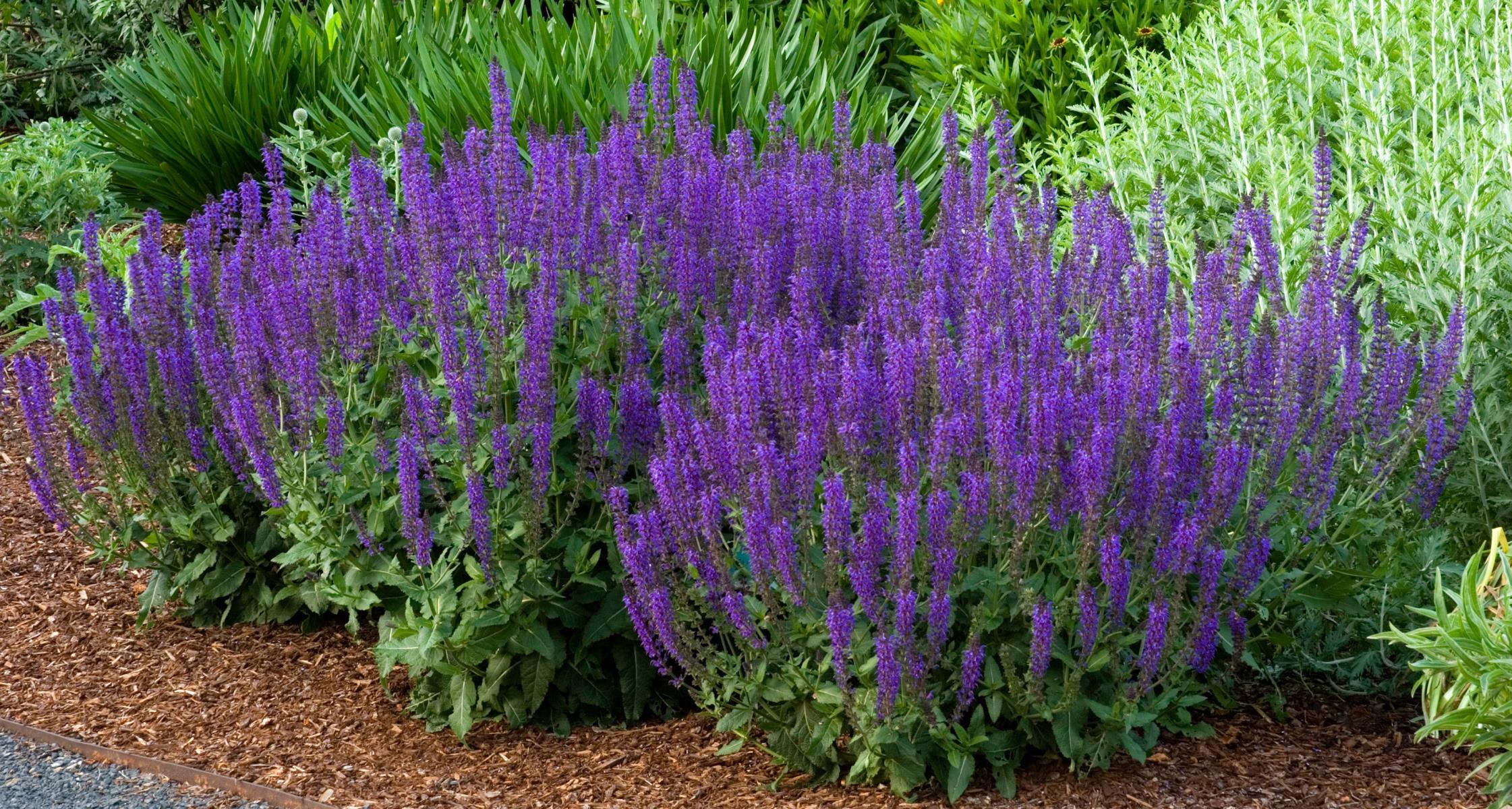
Care Tips:
- Sunlight: Most Salvia species prefer full sun, though some can tolerate light shade.
- Soil: Well-draining soil is essential for Salvia. They prefer fertile soil with good drainage.
- Watering: Salvia plants prefer regular watering, but they are generally drought-tolerant once established.
- Pruning: Regular deadheading and pruning can encourage continuous blooming and maintain a neat appearance.
- Fertilization: Salvia plants don't usually require heavy fertilization. A balanced fertilizer applied in the spring can support healthy growth and flowering.
- Overwintering: In colder climates, protect perennial Salvia plants from harsh winter conditions by applying a layer of mulch around the base.
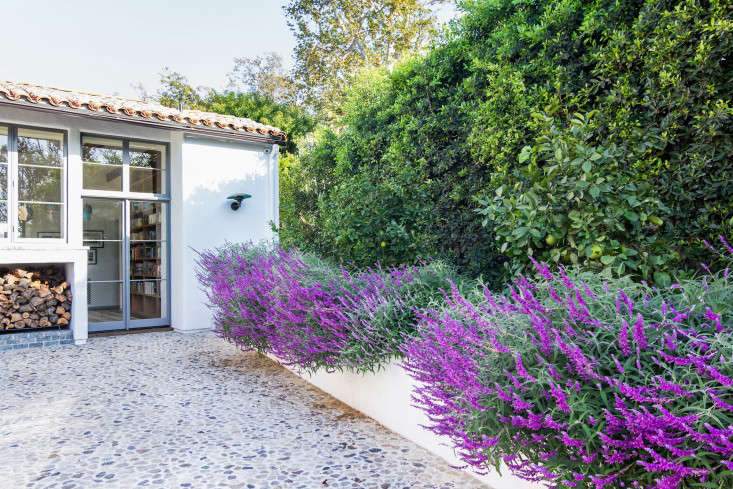
Uses:
- Ornamental Gardens: Many Salvia species are grown for their ornamental value, adding color and beauty to gardens and landscapes.
- Herb Gardens: Common Sage (Salvia officinalis) is popularly used in culinary herb gardens for its aromatic leaves used in cooking.
- Medicinal Uses: Some Salvia species have traditional medicinal uses in different cultures, often for their calming or therapeutic properties.
- Wildlife Attraction: Salvia flowers are attractive to pollinators, making them valuable for supporting bee and butterfly populations.
- Cut Flowers: Some Salvia species are used as cut flowers in floral arrangements.
Salvia plants are cherished for their diversity, beauty, and various practical uses. Whether grown for their culinary value, ornamental beauty, or ecological benefits, Salvia species continue to be valued and enjoyed by gardeners and enthusiasts worldwide.
Enjoy exploring our wide range of sage and salvia products. Whether you're a seasoned gardener, a wellness seeker, or simply drawn to the beauty of these plants, our collection offers something for everyone.
Item has been added to your cart.

